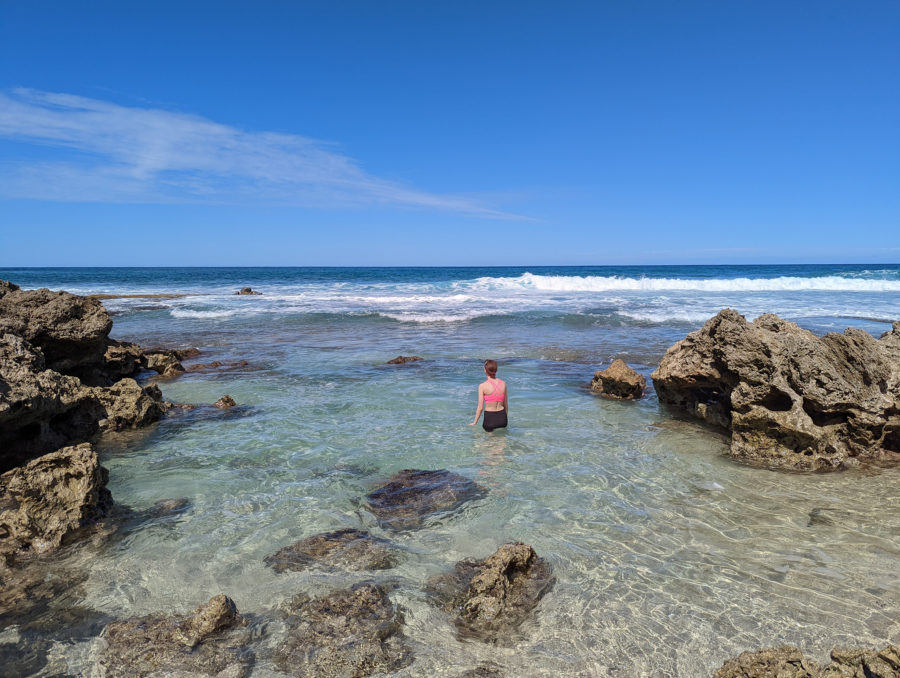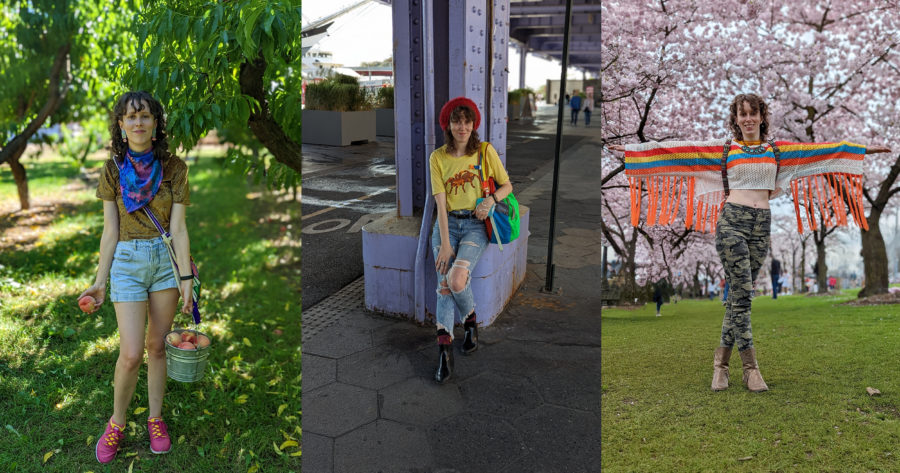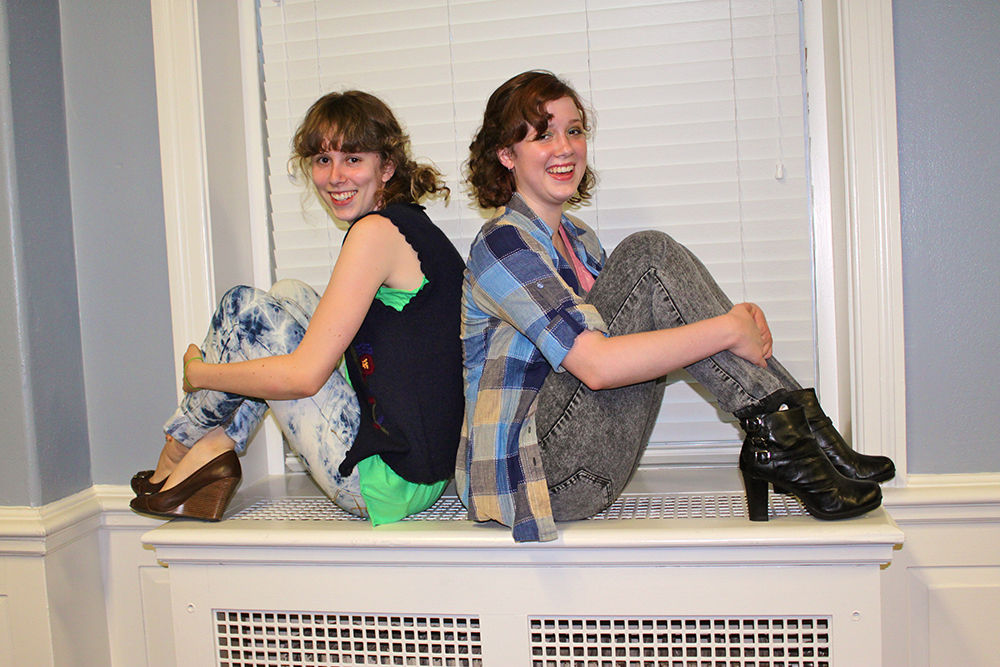As many of you know, I love to travel! In fact, I live to travel! If I could travel most of the year (and comfortably bring my cats along) I would.
But rather ironically, traveling goes against a lot of my neurodivergent needs. Traveling is unpredictable, it requires a lot of social energy, and it pushes my sensory sensitivities to the MAX. But somehow it fills me up and is entirely worth it!

The following is a guide for other neurodivergents and their traveling companions. I hope these tools will help make traveling more accessible for my fellow neurodivergents out there!
Steps to take & general recommendations for traveling as (or with) a neurodivergent individual:
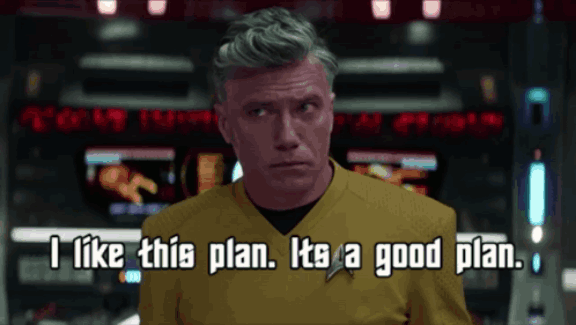
1. Plan out your trip in great detail!
I cannot stress this one enough.
For me this means planning out each day of my trip. I’m flexible though, and often don’t assign a specific day to the “day plans” I create. Or in other words, what am I doing tomorrow on my trip? Well, which one of the day plans I created makes the most sense for the weather tomorrow, my predicted energy level, and what I’m in the mood for?
Some neurodivergents take this detailed planning a step further and plan out their meals. Knowing exactly what they’ll be ordering and eating each day is comforting to them.
Plan out your trip in the amount of detail that makes you feel the most comfortable. It’s a vacation after all, and you deserve to enjoy it!
My partner and I plan our trips in a shared Google spreadsheet that we both dump ideas into. Before an upcoming trip, I’ll use that accumulation of information to plan out the days of our trip. Planning provides you with a more predictable schedule for an otherwise unpredictable experience.
2. Always have (at least) a vague back-up plan for your “day plan” in case something falls through. This will help curb your anxiety if plans change.
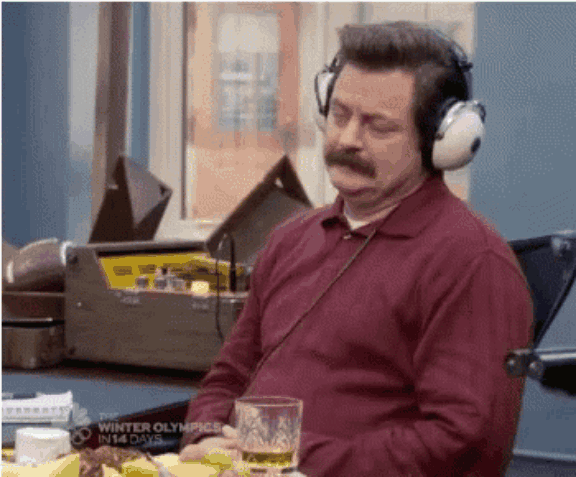
3. Bring noise-canceling headphones and/or Loop ear plugs (or regular ear plugs) to minimize sensory overload as much as you can. Headphones and earplugs are not only great for the plane, they’re helpful in loud city settings that are overwhelming as is.
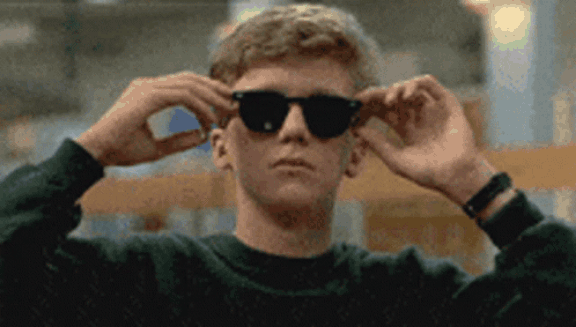
4. Bring sunglasses – Again, take care of those sensory concerns.
5. Even if it means you have to bring a larger suitcase, don’t skimp on bringing what you need to feel comfortable. Of course, still do this within reason (unless you’re Hermione Granger and have an extension charm on your bag).
For me this means bringing things that help me sleep better. I have enough trouble sleeping in my own bed, let alone in a strange bed in a new place.
6. If you’re traveling with a friend you’ve never traveled with, don’t make your first trip together a big important expensive trip. Try a local trip first to make sure your traveling styles mesh well together.
7. On that note, only travel with friends and family members who understand that you will need more structure in your travel itinerary.
Set yourself up for success! Make sure they understand that this structure exists to help you feel safe and in control of an unpredictable situation (traveling).
8. If possible, rely on a friend or family member to take photos for / of you.
My partner shares a lot of his photos with me in a shared Google Photos folder. Having access to his photos helps soothe my anxiety over having to remember to take my own photos.
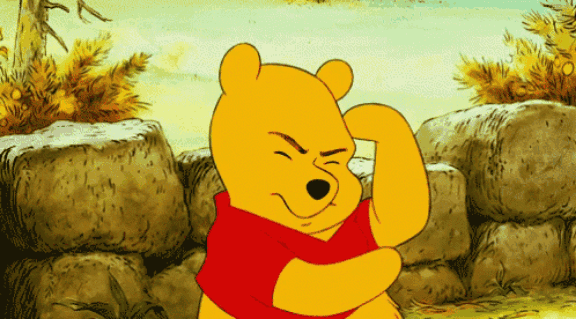
Also, with a poor memory due to ADHD, photos are even more important to me because they help me remember what my brain will too easily forget.
9. While on your trip, use the bathroom whenever you see a bathroom… even if you don’t need one at the moment! Your ADHD brain will thank you later.
10. On that note, also drink water whenever you can! It’s hard enough to remember to drink water on a normal day with ADHD. Make sure you don’t become dehydrated while traveling.
11. While on your trip, be extra gentle with yourself! For me this means being mindful of how I spend my energy and avoiding loud crowded places as much as possible since they are especially draining for me. I need that energy for the rest of my trip!

